Writing Large Software
with a Small Brain.

A new solution in
a month?
I'll do it in two weeks.

It's a prototype, right?
We are going to throw it all away, right?
#greenfield #ftw


Two weeks later
-
You know the overall structure
-
The APIs are simple
-
Development is fun
-
Low cognitive load
-
Fast Changes
-

Boss: Hey, Your software is great!
Let's add some features ...

Brilliant, the customers love it.
They just need one more thing.

"Hmm, i thought there was already a method for this ... but nevermind..."

6 months later ...

-
You know the overall structure -
The APIs are simple -
Development is fun-
Low cognitive load -
Fast Changes
-

Uncle Bob
“reading versus writing is
well over 10 to 1.
We are constantly reading old code as part of the effort to write new code. ...[Therefore,] making it easy to read makes it easier to write.”
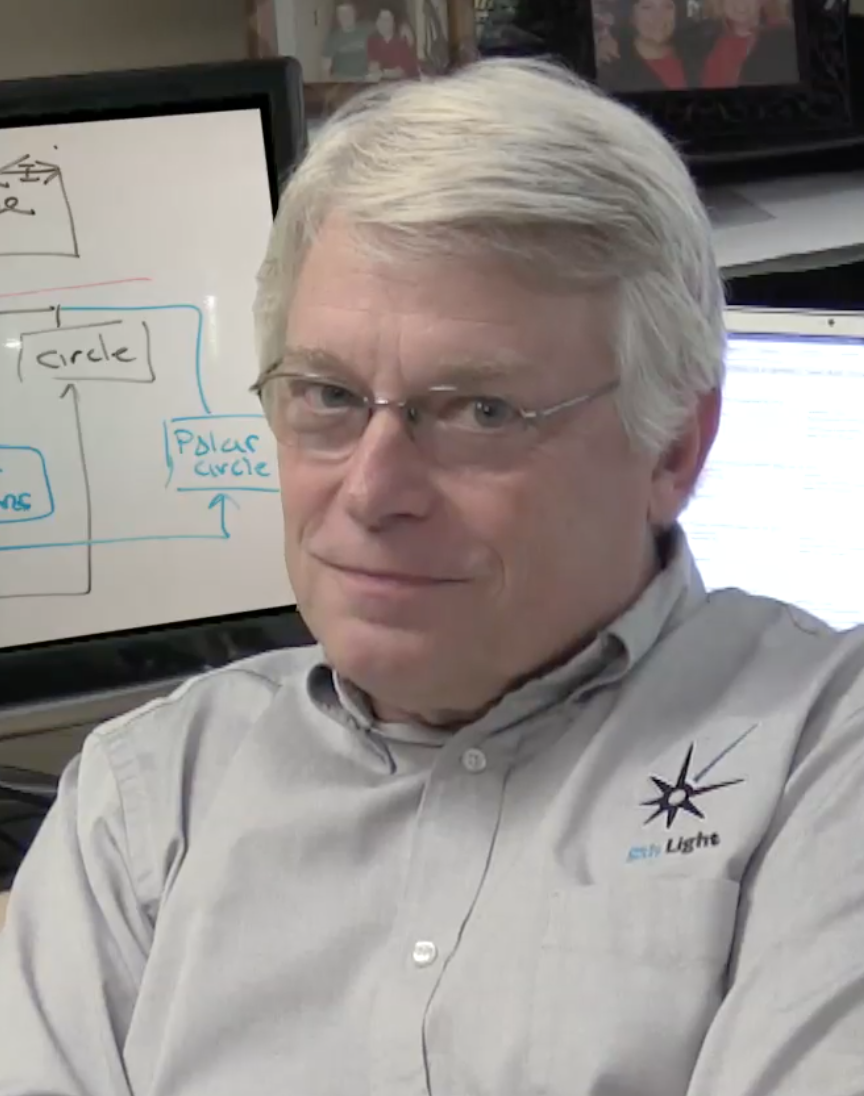
Reading to Writing
10 to 1 !
Fast comprehension >
Fast keyboard

How we understand software
(with a small brain)

Top-Down Comprehension:
-
how seniors do it
-
Hypotheses based on existing knowledge
-
Search for places to prove or falsify them

Bottom-Up Comprehension:
-
Search for things you recognize
-
Combine known units to understand
larger sections

Default for most Developers:
Start with top-down analysis
Apply Bottom-up when You
recognize something
while validating
How many items can your brain handle at the same time?

Your Working Memory:
max. 7 (+2) items

Developers chunk and slice code to understand it.


Known Patterns &
Ignored Lines

Spaghetti Monolith

Predictable Implementations
a.k.a.
Design Patterns
ca 1995

Monoliths:
As long your brain stays small
large software stays slow.
| Project Size | Lines of Code/Day/Dev |
|---|---|
| 10.000 | 10 - 125 |
| 100.000 | 5 - 100 |
| 1.000.000 | 3,5 - 50 |
| 10.000.000 | 1.5 - 25 |
Source: Steve McConnell, Software Sizing

Layered Architecture:
I still need to understand every layer for debugging :/

Catalog
Domain Driven Design
Inventory
Orders
Payment
ca 2005
DevOps: Move Complexity to places where you can automate it.

Faster Understanding
with more Observability

Faster Feedback =
Less things to remember
Catalog
Service
Elastic
Search
MicroServices
Inventory
Service
PostgreSQL
Orders
Service
MySQL
Payment
Service
-
ca 2013
MicroServices
- can be deployed independently -> fast feedback
- provide one business capability -> smaller domain
- have no dependency on central governance or external data management
- use on automated infrastructure / integration / deployment
Microservices: Software that fits in your Head
Dan North
Couldn't just somebody else care about the complicated stuff?


Serverless
Automate All The Things!

ca 2015
- should be "service-full"
- Function as a Service / Lambda /λ
- Serverless databases / Aurora etc
- SQS, SNS, ELB, Route53,
- function as a deploy unit
- Pay-as-you-go
- Scaling is a solved problem
- Event-driven
- You won't get fired for choosing AWS
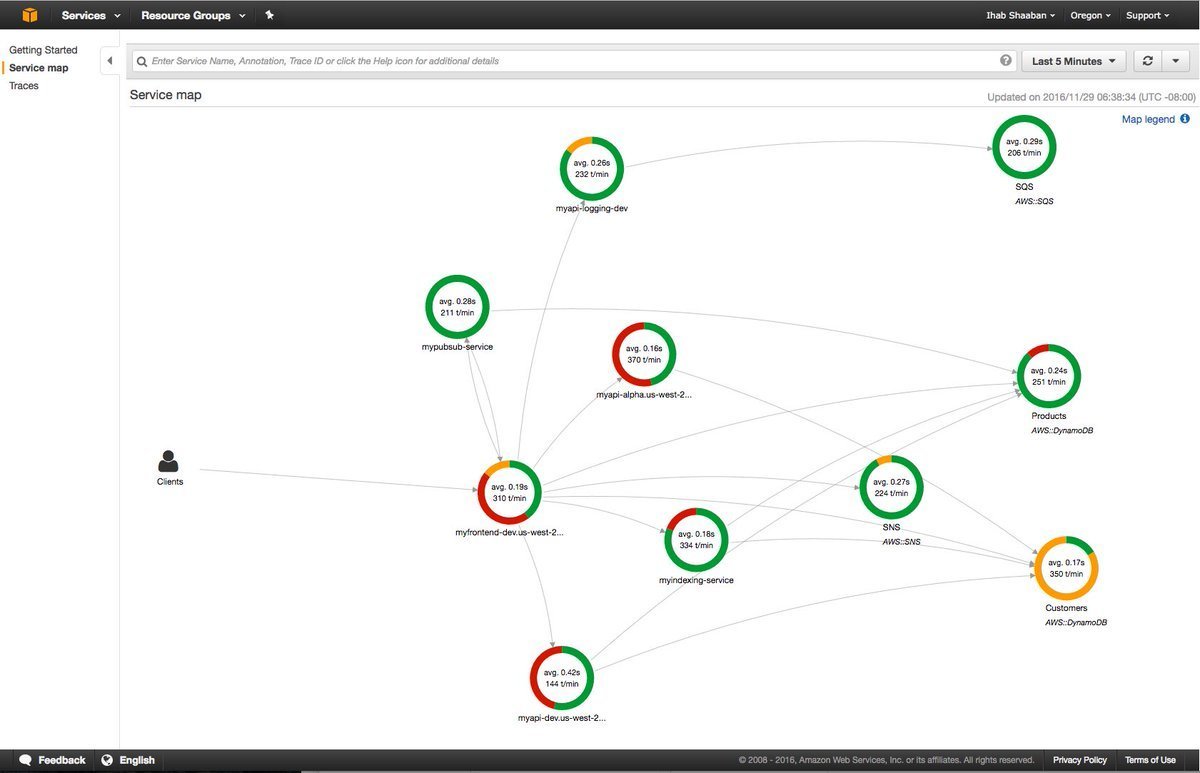
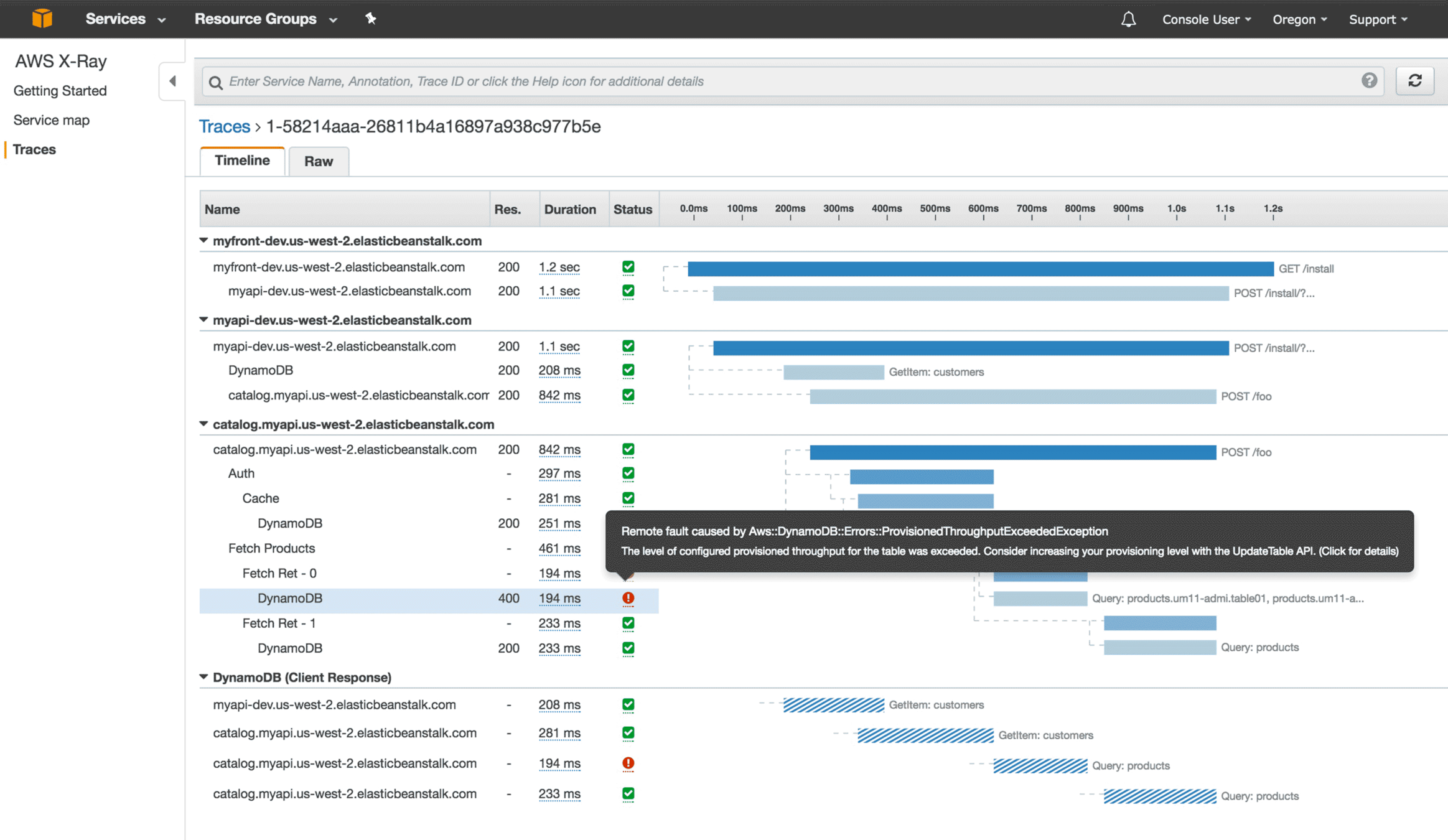
Observability included
Text

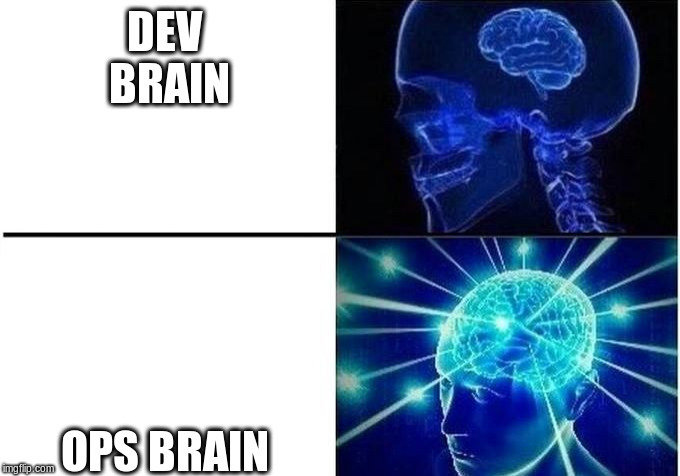
Text
5 lines of λ
50 lines of
configuration
But ...
Ok, and what should i do about it?

Rule #1:
Optimize your brain, don't optimize technology.
The amount of time understanding sourcecode has not decreased notably in 30 years.

Rule #2
Mastery in One Language
Needed for:
-
Top-Down Comprehension
-
Design Patterns
-
Craftership
Mastery in One Language
5 years, full-time
-
"10.000 hours for mastery"
-
backed by scientific research
for program comprehension
Coding-Dojos & Pair Programming:
- smart algorithms
- common idioms
- design patterns
- solution strategies

Rule #3
One more language...
Understand your work/
co-workers:
-
JavaScript/TypeScript for
Browser-Dev
-
Kotlin/Swift/Dart for
mobile Development
-
Python/R for data analytics
- Go for fast services ...

Rule #4: a helpful environment 1
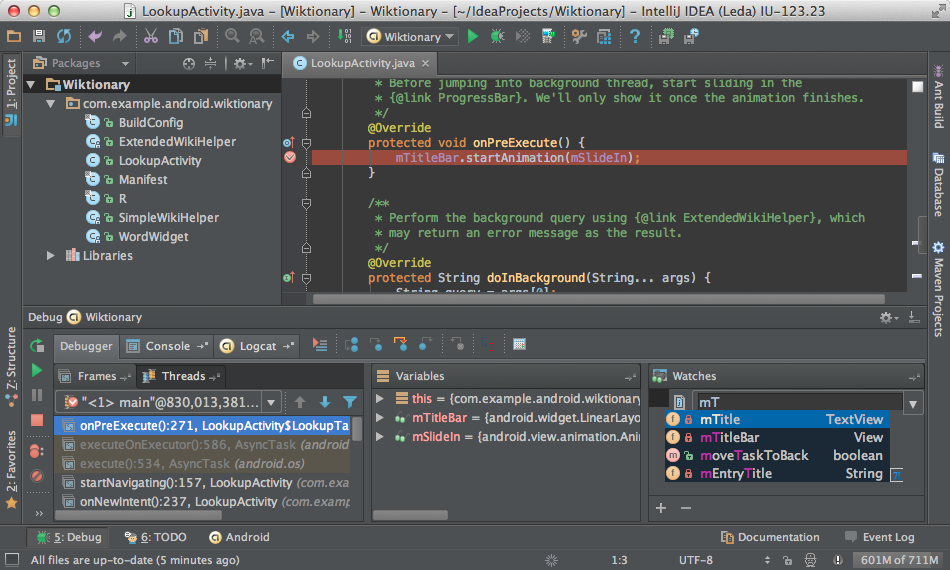
IDE Support
Use a helpful environment 2
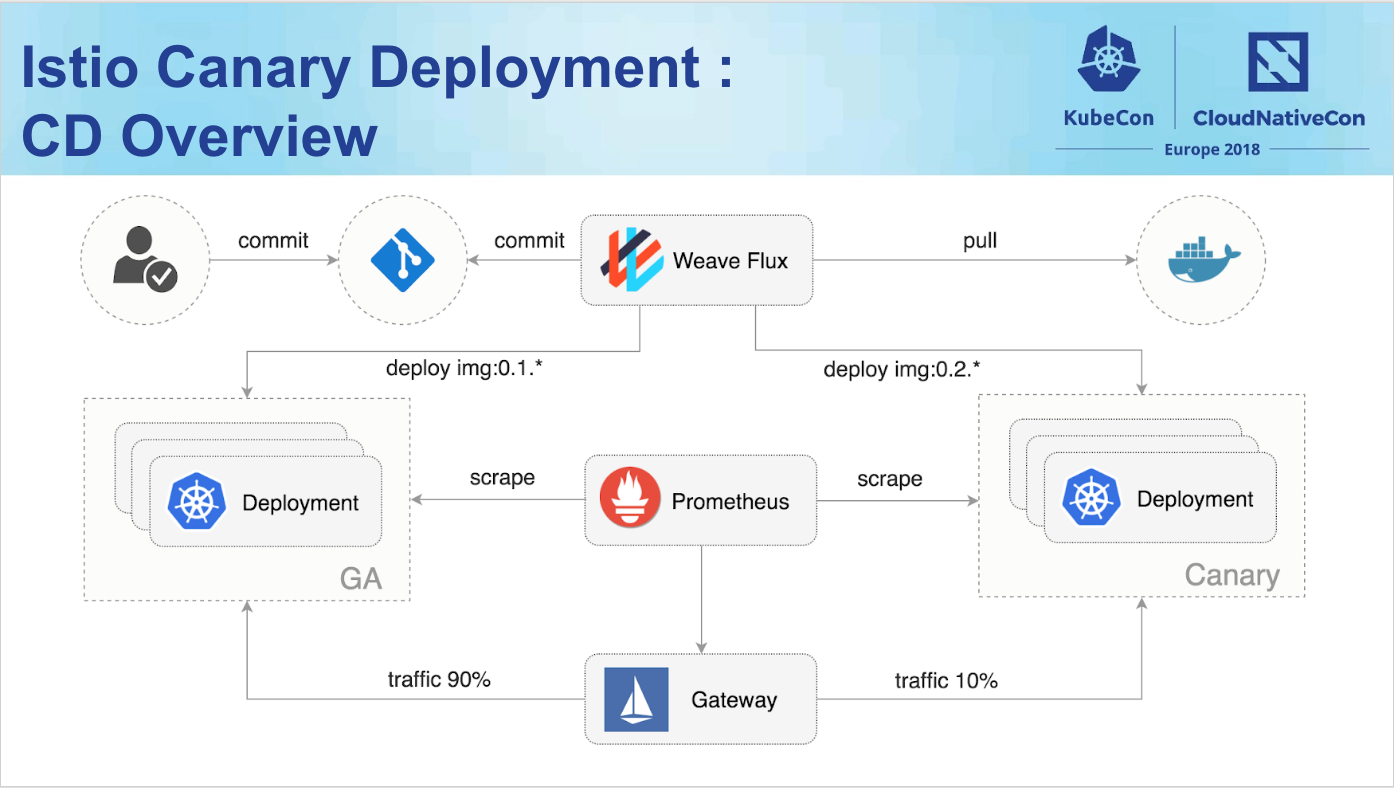
Automation
Use a helpful environment 3
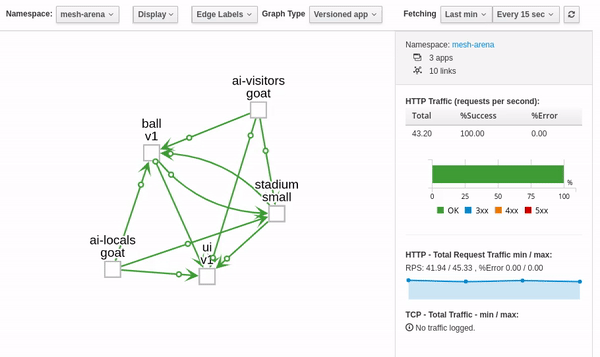
Observability
The Secret: How to become a
10-times programmer
- Organize coding dojos at in your team
- Do a lot of pair programming
- Practice clean code
- Train until 5 of you are 3 times more effective
- Done, that's even better than one 10 times programmer!

What comes next
Genesis & Prophet (2016)
Automatic error detection & Patch Generation
16 of 39 Patches are correct
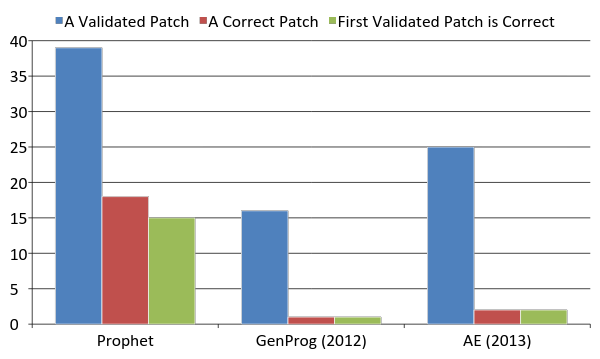
DeepCode.ai
Trained on existing fixes from Github
Analyses your code and recommends known patches

askbayou.com
- Military Project
- Create new Programs based on sketches
import java.io.*;
import java.util.*;
public class TestIO {
void read(File file) {
{
/// call:readLine type:FileReader type:BufferedReader
}
}
}
import java.io.*;
import java.util.*;
import java.io.FileReader;
import java.io.File;
import java.io.IOException;
import java.io.FileNotFoundException;
import java.io.BufferedReader;
public class TestIO {
void read(File file) {
{
FileReader fr1;
BufferedReader br1;
String s1;
try {
fr1 = new FileReader(file);
br1 = new BufferedReader(fr1);
while ((s1 = br1.readLine()) != null) {}
br1.close();
} catch (FileNotFoundException _e) {
} catch (IOException _e) {
}
return;
}
}
}
So, i still have to work in future?
The amount of time understanding sourcecode has not decreased notably in 30 years.

We didn't win, but we didn't loose, either.